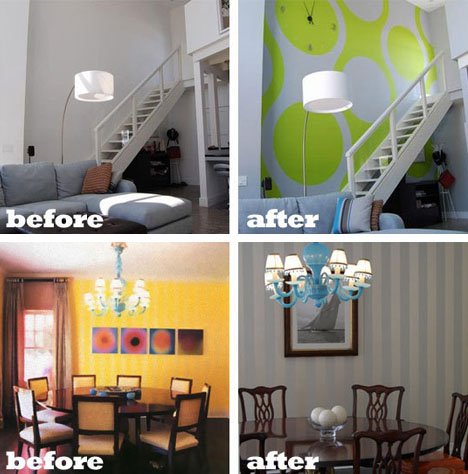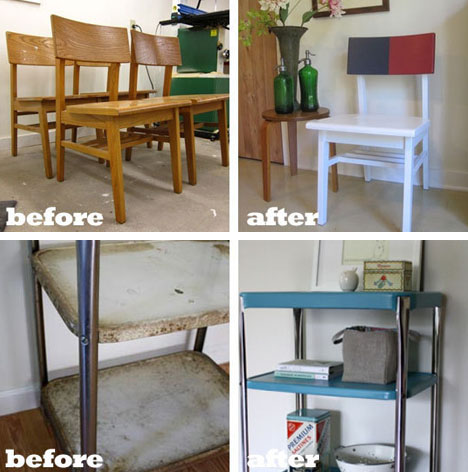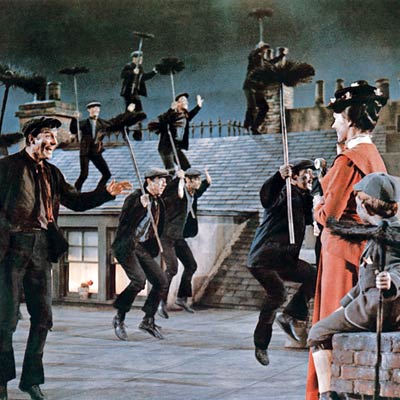A new modern bivuoac for mountain living. Designed in Italy by Luca Gentilcore and Stefano Testa, the Alpine huts are modular, highly sustainable and complete with a comfortable interior. The LEAP (an acronym for Living Ecological Alpine Pod) is a technologically sophisticated shelter, prefabricated and assembled offsite, that does not alter the environment in which it is placed.
This type of installation represents an interesting form of support to trekking and mountaineering activities with a much lower environmental impact than the traditional mountain shelters. LEAP solves all the problems of existing types of bivouac. It is entirely built off-site, suitable for transport by helicopter and easily installed on location at high altitude requiring a limited number of operations. It is built using state-of-the-art technology for durability and to withstand all kinds of mechanical and atmospheric stress. It offers comfort beyond any present proven standard.
3D models:
Designed to resist the stresses of extreme altitudes the pod has photovoltaic film incorporated in the outer shell to provide the energy necessary to run the installed equipment:


The Interior Space:

Even if limited, the interior space is furnished for a pleasing and rewarding stay under all aspects. The selected materials guarantee durability, hygiene and safety (class A1 fire-reaction) while providing a warm and welcoming interior of refined design. The proposed solutions are fully customizable both for the functional layout and the finish of the materials used. LEAP can be equipped with technological systems for the production of energy and a unit to measure local conditions (self-diagnosis, weather conditions, web-cam, emergency rescue communication) connected with logistic and rescue headquarters. A sanitary module is available, equipped with a biological toilet that disposes of all sewage without polluting the environment.
























